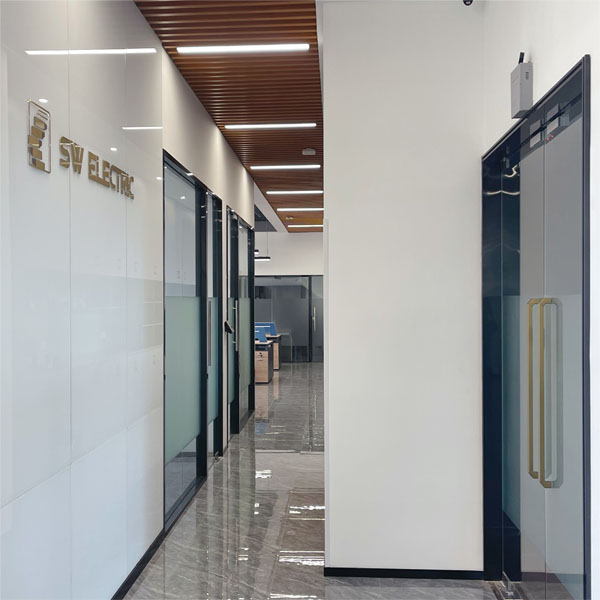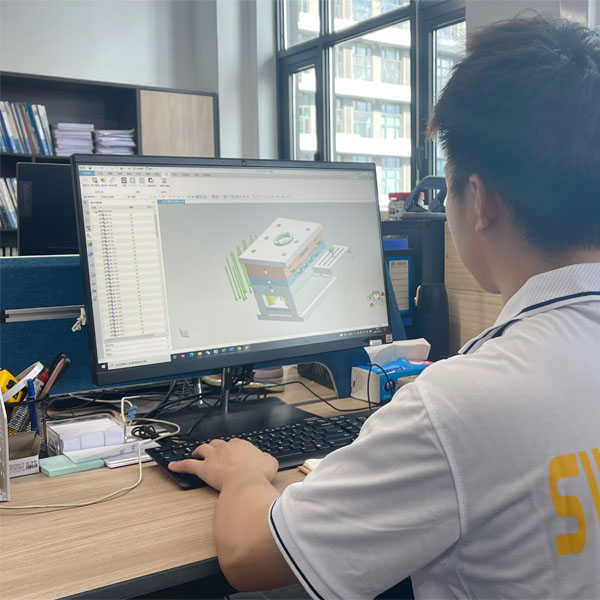A B22 lamp head light source lamp head is equipped with the B22 European Lampholder light source interface. There are two raised card bamboo shoots with a diameter of 22mm, which is used to get the B22 lamp interface. It is the most commonly used interface for light bulbs.
B22 Lighting head: It is a type of lamp head. The lamp head refers to the parts connected to the end of the electric light line and for installation of light bulbs. It is a component that fixes the lights on the lamp seat and connects the light to the power supply. Electric Lamp Holder sources mainly use the lamp head and lamp seat naming method. The meaning of the relevant symbol is: B mount lamp head, and the numbers behind B indicate the diameter of the shell, such as: B22D/25 × 26-a bayonet lamp head with two touch sheets, a diameter of about 22mm; The diameter of the skirt is about 26mm.
The method of preventing electric shock when using the B22 lamp head:
1. The structural design of the town flow without pole fluorescent lamp should be guaranteed. When the auxiliary shell that is not equipped with any lamp shape, when the lamp is spin into the lamp holder stipulated in the GB 17935 Power -striped metal parts.
2. The specified test refers to the test of its qualifications. If necessary, apply 10 N forces.
3. The structural design of the threaded lamp head should meet the requirements of ordinary lighting (GLS) to prevent accidental contact with the light bulbs.
4. You can use the regulations specified in 7006-51A in GB 1483-2001 to test the qualifications for testing the E27 Lampholder For Home.
5. The inspection requirements for self -town flow without the town flow head of the B22 head are the same as that of the incandescent lamp with the same lamp head.
6. Except for the load metal parts on the lamp head, the metal parts outside the lamp should not be charged or easy to drive. For testing, any demolition conductive material should be placed in the most unfavorable place without using tools.
7. Use insulation resistance and dielectric strength test to test whether it is qualified.
3. Storage, maintenance, and maintenance of quantitative regulations
1. Put it carefully and not to throw.
2. If the regulations are not used for a long time, it should be cleaned regularly and adopt rust -proof lubricant and other rust -proof measures.
3. The storage conditions for quantitative regulations are:
a) Temperature: 20 ℃ ~ 25 ℃;
b) Chemicals and other corrosive gases such as acid and alkali -free.
Fourth, precautions before use
Wipe off the oil traces, dust, and dandruff on the surface of the regulatory surface before using the measuring gauze. Clean the surface of the measurement.
Fifth, precautions during use
When using it, please put it lightly, do not exert impact on quantitative regulations to prevent deformation. The test must be tested strictly in accordance with the requirements of standards and specifications. Do not use quantitative regulations to check the rough and unclean lamp holder samples.
Post time: Aug-05-2022

